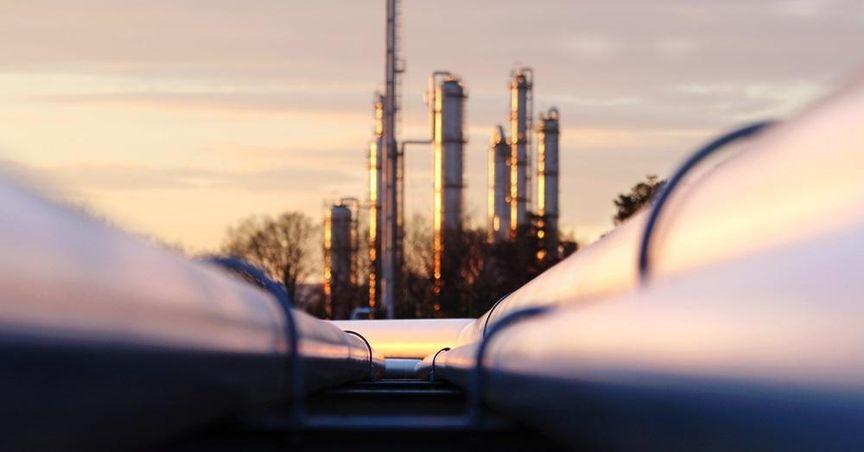Highlights
Oil prices rose to multi-month highs following intensifying conflict between Israel and Iran.
ASX 200 posted modest gains, with energy companies leading the charge.
Concerns over supply disruptions through the Strait of Hormuz sparked strong movements in commodities and equities.
The ASX 200 closed with a marginal uptick, led by strong performance from the energy sector amid rising geopolitical tensions in the Middle East. The recent hostilities between Israel and Iran have renewed fears of a disruption to global oil supply, resulting in a surge in crude oil prices. The upward movement has bolstered companies listed on the ASX 100 and ASX 50, particularly those involved in oil and gas production.
Major Energy Players Record Substantial Gains
Woodside Energy (ASX:WDS) experienced a robust uptick, aligning with broader momentum across energy equities. The gains come as market participants react to higher oil benchmarks and fresh developments in the geopolitical landscape. Santos (ASX:STO) also advanced strongly following reports of a takeover bid from a Middle East-based consortium, reinforcing investor confidence in the resource-rich sector.
Karoon Energy (ASX:KAR), a mid-cap player on the ASX 300, surged ahead as oil prices gained traction. The company’s performance reflects broader strength across smaller producers, which tend to react more sharply to commodity price shifts.
Broader Market Exhibits Mixed Sentiment
Despite the uplift in energy-related stocks, the broader equities market reflected a mixed response. Sectors with higher sensitivity to fuel prices displayed downward pressure. Notably, Qantas Airways (ASX:QAN) recorded a downturn as concerns mounted regarding the impact of elevated fuel costs on operating margins. The aviation industry remains particularly exposed to fluctuations in oil benchmarks, especially when compounded by international disruptions.
The consumer discretionary segment also came under stress as inflationary concerns resurfaced, potentially dampening consumer sentiment and retail performance. Rising fuel expenses could weigh on transportation and logistics, influencing costs across various supply chains.
Strategic Passage Threat Heightens Supply Fears
The Strait of Hormuz, a vital channel for global oil transit, has re-entered focus as Iran issued warnings about its potential closure. The waterway handles a substantial portion of global crude shipments, making it a strategic chokepoint. Any disruption here could significantly affect supply dynamics and trading routes.
Market volatility has intensified as stakeholders remain alert to further retaliatory moves by Iran or strategic escalations by Israel. The risk of extended military engagement continues to influence global commodity prices, with crude and energy derivatives experiencing elevated activity levels.
Commodities Surge as Safe Havens Attract Interest
Gold prices ascended amid rising uncertainty, reflecting increased demand for traditionally stable assets. As a response to geopolitical stress and inflationary pressures, the metal continues to attract attention. The current trend points toward broader risk aversion, particularly among institutions balancing exposure to volatile equity segments.
The spike in both crude and gold underscores a shift in asset allocations as investors reassess their strategies in the face of global instability. Precious metals remain a focal point, particularly as they typically move inversely to confidence-driven market sentiment.
Outlook Remains Tense Across Key Sectors
Tensions across the Middle East show no signs of de-escalation. While energy companies benefit from rising oil prices in the short term, other sectors brace for margin pressures and operational hurdles. The interplay between geopolitical developments and market fundamentals remains a dominant theme shaping sentiment on the ASX 200, All Ordinaries, and other key indices





